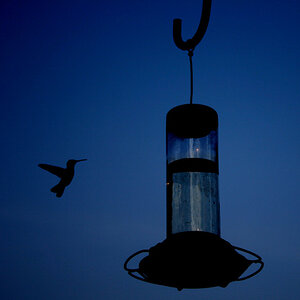I'm fairly new to studio photography, am interested in doing portraiture, and have just bought a pair of Smith Victor Q120 photo lights to get started with. This will be continuous lighting rather than flash, which I figured would be the simplest and cheapest way to get started. These lights use very bright, hot halogen bulbs (420 to 600-watt, two-prong DYS or EKB bulbs), and I am wondering whether a rheostat could be used to dial down the power and hence the brightness of the bulbs, both to reduce the amount of light when required for photography and to extend the life of the bulbs. Some Smith Victor lights have dimmer switches built right into them (to extend bulb life, I presume), which gave me the idea. Places like Radio Shack have rheostats that can be used between a wall plug and an appliance. My question is, can these somewhat expensive halogen bulbs be damaged by dialing their power up and down like that? Is anyone else using a rheostat on his continuous studio lighting?
Any info or thoughts would be appreciated.
Tom
Any info or thoughts would be appreciated.
Tom


![[No title]](/data/xfmg/thumbnail/41/41795-6bc3a19e590a6be6bd169ab2acaee30d.jpg?1619739896)
![[No title]](/data/xfmg/thumbnail/42/42397-30faa170de7ed9be38adf00b9b26a220.jpg?1619740167)

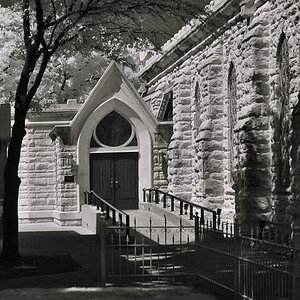
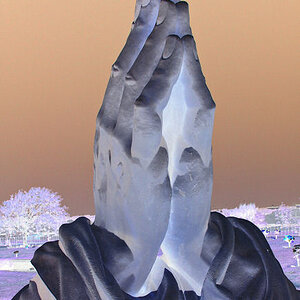
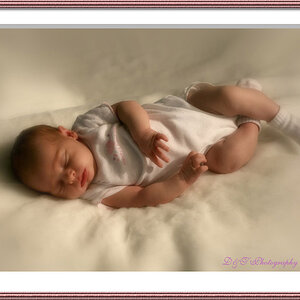
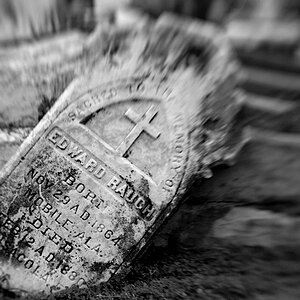
![[No title]](/data/xfmg/thumbnail/42/42329-331b54ea6493a8cdd21d8e624fe97e85.jpg?1619740129)
![[No title]](/data/xfmg/thumbnail/42/42327-560f11a37bb209e9091c0fc9e1028cdc.jpg?1619740128)
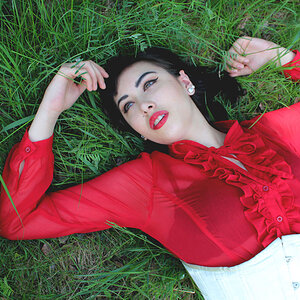
![[No title]](/data/xfmg/thumbnail/41/41797-ed370d68dae70f5b0a7252ec2d525912.jpg?1619739896)
